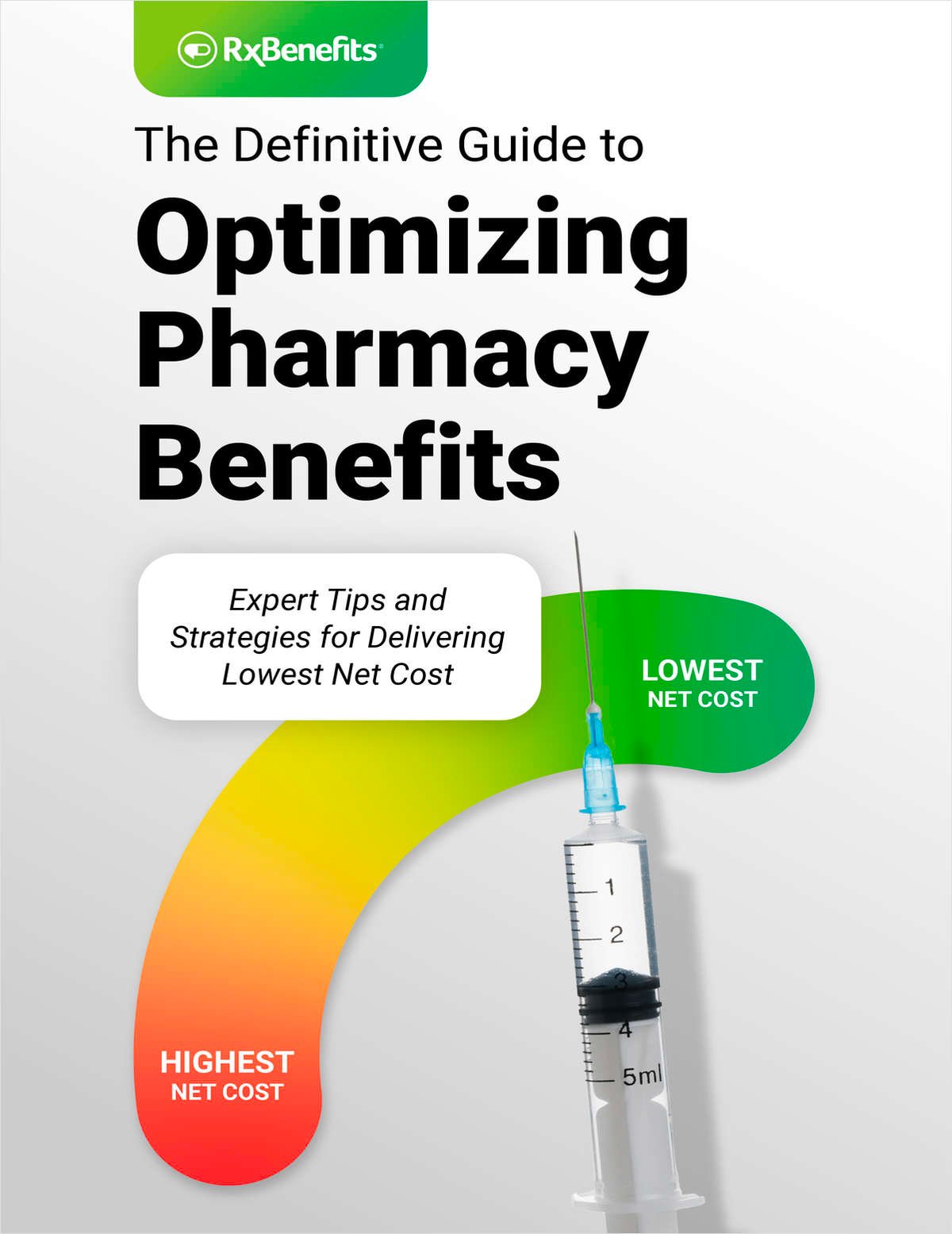The benefits industry is still reeling from the sea change created by the Patient Protection and Affordable Care Act, and we've only just begun navigating the waves of transformation. New challenges loom on the horizon as public attention turns to the underinsured—those who have health coverage but are unable to afford care due to barriers such as high deductibles. In addition, the 2018 Cadillac tax poses another dilemma. The convergence of these dynamics presents an optimal time to roll out integrated benefits, an approach that addresses the needs of employers and employees alike.
This solution wraps health plans with supplemental coverage to minimize employee financial risk. Besides health insurance, the offerings might include accident, critical illness/cancer, hospital indemnity plans or other "gap filler" products designed to complement the base health plan. These powerful combinations provide employees protection greater than many in today's workforce have ever experienced. Before exploring the details of an integrated benefits plan, let's examine the reasons it is necessary.
Getting over the underinsurance issue
Continue Reading for Free
Register and gain access to:
- Breaking benefits news and analysis, on-site and via our newsletters and custom alerts
- Educational webcasts, white papers, and ebooks from industry thought leaders
- Critical converage of the property casualty insurance and financial advisory markets on our other ALM sites, PropertyCasualty360 and ThinkAdvisor
Already have an account? Sign In Now
© 2024 ALM Global, LLC, All Rights Reserved. Request academic re-use from www.copyright.com. All other uses, submit a request to [email protected]. For more information visit Asset & Logo Licensing.








